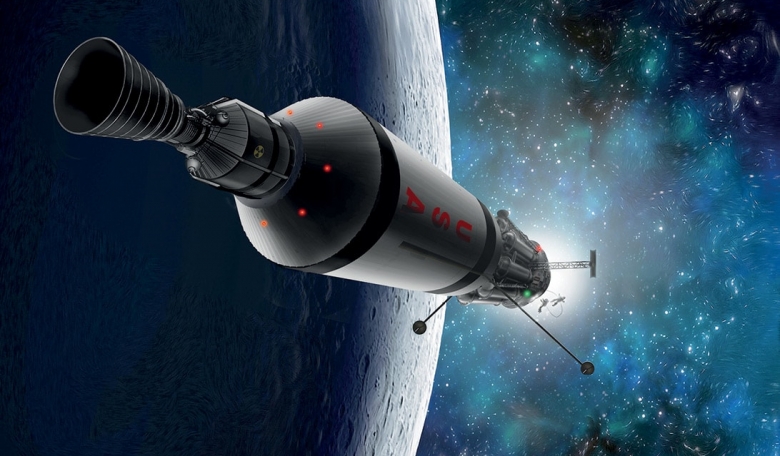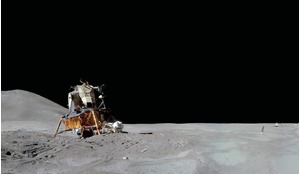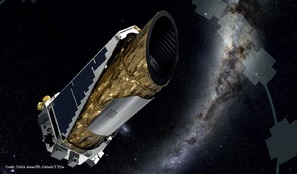Humankind is on the edge of a third great economic revolution that will see the exploitation of the almost infinite resources of space and here George Sowers suggests that the transportation system will be the first economically viable sector to be established and a key to unlocking the huge potential of a cislunar economy.
In the history of humankind there have been two major economic revolutions. First, the agricultural revolution of roughly 10,000 years ago transformed humans from hunter-gatherers to farmers. A new kind of farming lifestyle greatly increased the ability of human communities to capture energy and enabled a hundredfold increase in human population.
Then, some 300 years ago, came the industrial revolution which enabled the economic utilisation of energy locked in Earth for 300 million years in the form of fossil fuels, and with it a tenfold increase in human wealth and population.
But the use of fossil fuels and the burgeoning human population has put tremendous stress on our planet and its climate. Furthermore, fossil fuels are limited and will eventually be depleted. Some view this circumstance with gloom and foresee an eventual collapse of society. Others are hard at work on the third great economic revolution - space and space resources.
Compared to the finite and increasingly depleted Earth, the resources available in space are essentially infinite. Development and exploitation of these resources will enable humankind to continue its trajectory of ever-increasing prosperity and well-being while preserving, or even enhancing, our unique home in the universe, Earth.
The potential of space resources is apparent. The challenge is how to get at them and what’s required is the infrastructure of a robust space economy. The first place to begin is cislunar space, the Earth, Moon and the immediate neighbourhood, including the region that contains near Earth objects (NEOs) or asteroids.
Read more of George Sowers' analysis of how transportation systems are due to become the first economically viable sector in cislunar economy in the full version of the article, available now to our subscribers.














